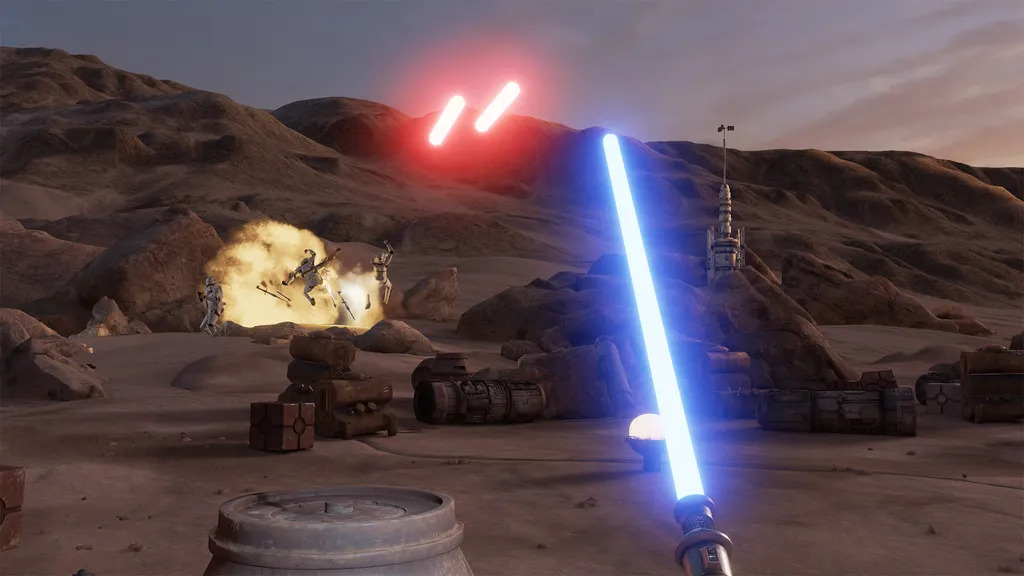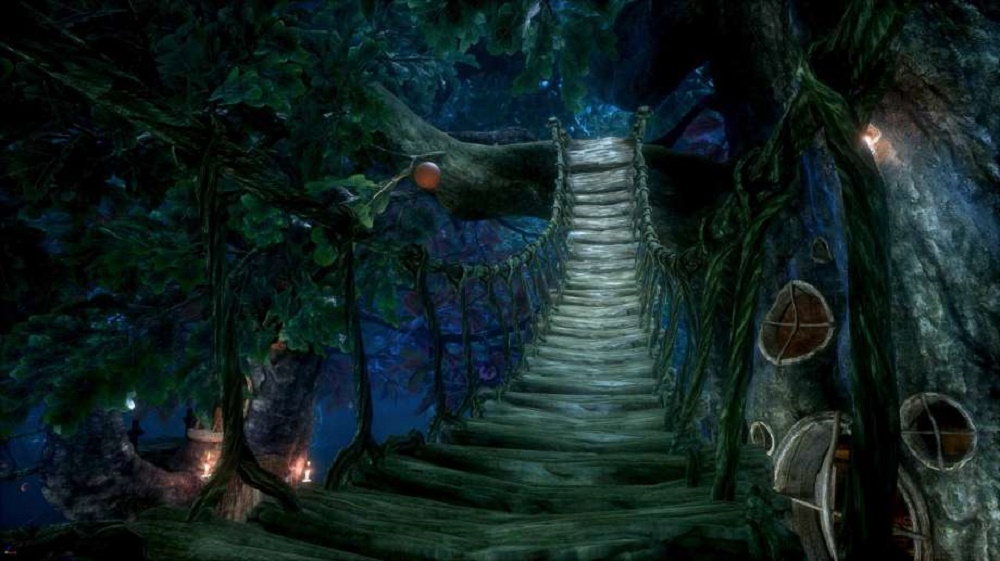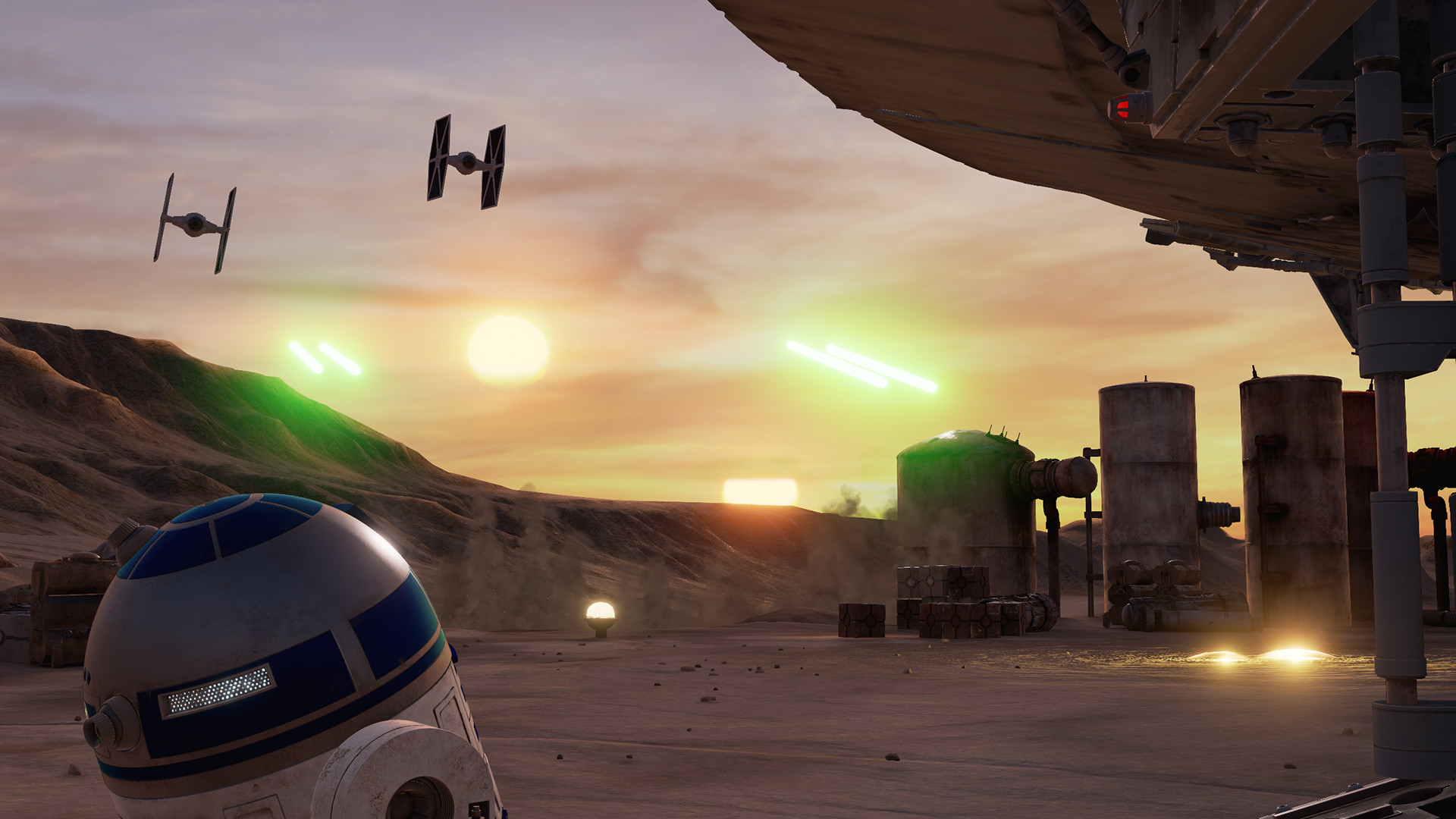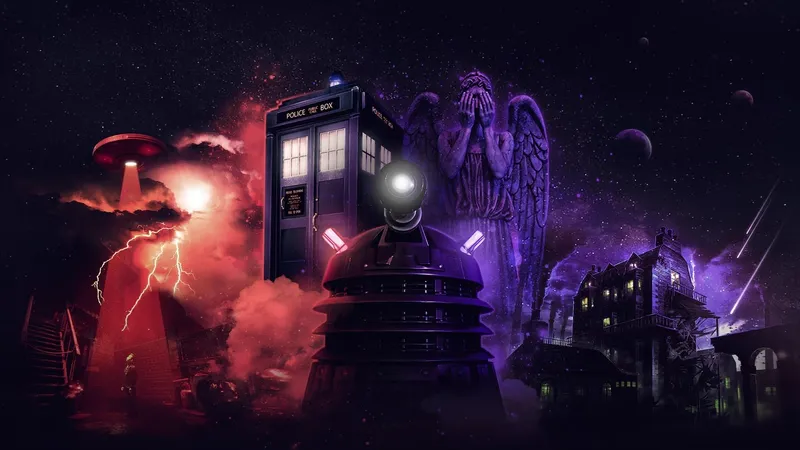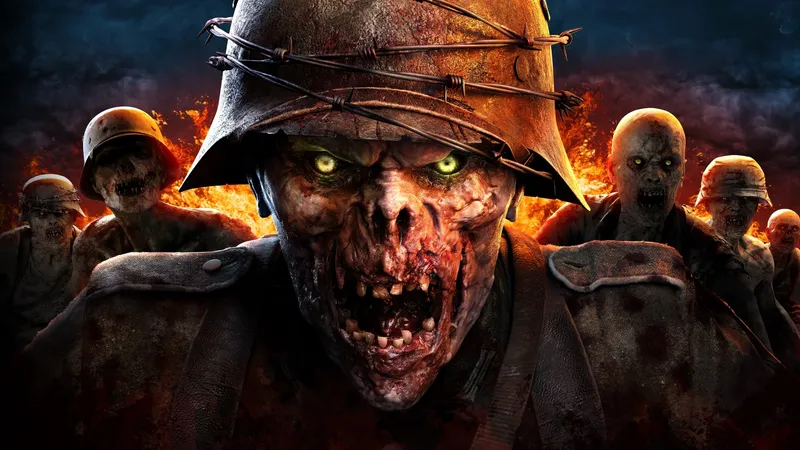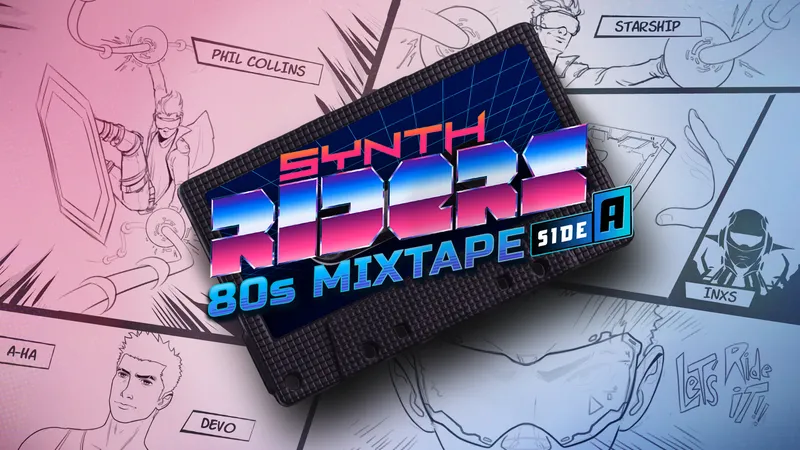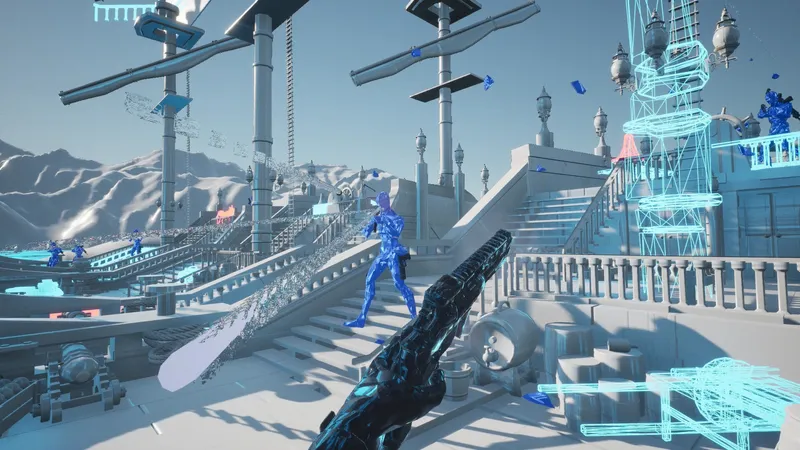We need to have better understanding of why short VR experiences are going to thrive, even if a little price adjusting needs to take place.
You see, it’s all about expectations, and the ones we carry as media lovers. As gamers, a lot of the time we equate length with value. Just look at past controversies like Konami charging for the 30 – 60 minute-long Metal Gear Solid V: Ground Zeroes, and how we celebrate the hundreds of hours of content on offer in sprawling RPGs like Fallout and The Witcher. “If a game is going to charge $60 of your hard-earned money, it better offer enough entertainment to see you through at least a few weeks,” is the common sentiment.
Conversely, you’ll rarely see a film lover complain that something is too short and we pay the same amount to see a film whether its 80 minutes long or pushing three hours. We judge the value of a movie entirely on its quality, not anything quantitative, and often spend close to the same price as a game on physical copies of films all the time.
VR does not just belong to gamers; it belongs to everyone. As niche as the current Rift and Vive ecosystems may be, and as good a job as game fans are doing embracing the platform, this is not a technology that is aimed only at a certain group with a certain set of expectations. I believe that, eventually, we won’t link the length of many VR experiences with the overall value it offers, just like movies. I think instead we’ll judge them by just how well they transport us to another place and into another body.
Five minutes of feeling like I’m at the top of Everest is, to me, more valuable than any number of hours spent inside another wave shooter.
Let’s put it another way; gamers want a full Star Wars VR game. They want something that has them travel the galaxy in the cockpit of an X-Wing, push Stormtroopers off ledges by stretching out their hand and using a Force Push, and battle Darth Vader with a lightsaber that feels far more convincing than any childhood imagination can dream up. I would play all the way through that from start to finish probably the moment it released.
But my brother, two sisters, father, and best friends wouldn’t. That’s why Trials on Tatooine exists. It’s a short, sharp burst of sci-fi escapism that anyone can enjoy. It was even free, and I still remember it getting blasted with bad user reviews when it launched on Vive last year.
If VR is going to succeed, it needs that balance of smaller experiences with the more indulgent, lengthier games for enthusiasts. That means we need to start changing our perspective a little and celebrate when, say, Jon Favreau and Wevr allow everyone to interact with a tiny, timid goblin, and not just those that want to spend hours in that world.
Now, I realize the previous two examples are free, but we’re talking about a market where one day we want your friends and family to be buying those types of experiences for themselves, not just experiencing them on your headset. For that to happen, we need to be encouraging these experiences now, not just passing them off as tech demos. That’s not a free pass for anything that’s 10-minutes long — PSVR could still do with bulking up on games rather than VR Tour Modes for non-VR games — but this is a call for deeper consideration of VR worlds.
And there are definitely experiences that don’t do short VR any favors. The Martian’s VR Experience, for example, was so rushed and uninspired that its 20 minute run time essentially added insult to injury. Short VR shouldn’t be immune to the criticisms its receiving, but neither should it be passed off based on length alone.
When it comes to price, ultimately, I think we might see something similar to the price of movie tickets becoming the standard for shorter VR experiences. What I mean by that is standardization, which is something we’re already seeing in location-based VR centers such as the IMAX arcade in LA.
I also think Viveport’s subscription service and others like it will play a hugely important role in the acceptance of short VR experiences. Imagine play sessions where you anticipate hopping between two or three different worlds rather than spending two hours in just one.
Long VR and short VR are going to exist hand-in-hand and, yes, content might be leaning toward the latter right now, but we shouldn’t turn our noses up at it. The industry still has a little feet-finding to do, a few kinks to work out, and a few standards to set. But when it does, I’m confident there’ll be enough types of content for everyone’s liking.

